Rhythmic Gymnastics Guide
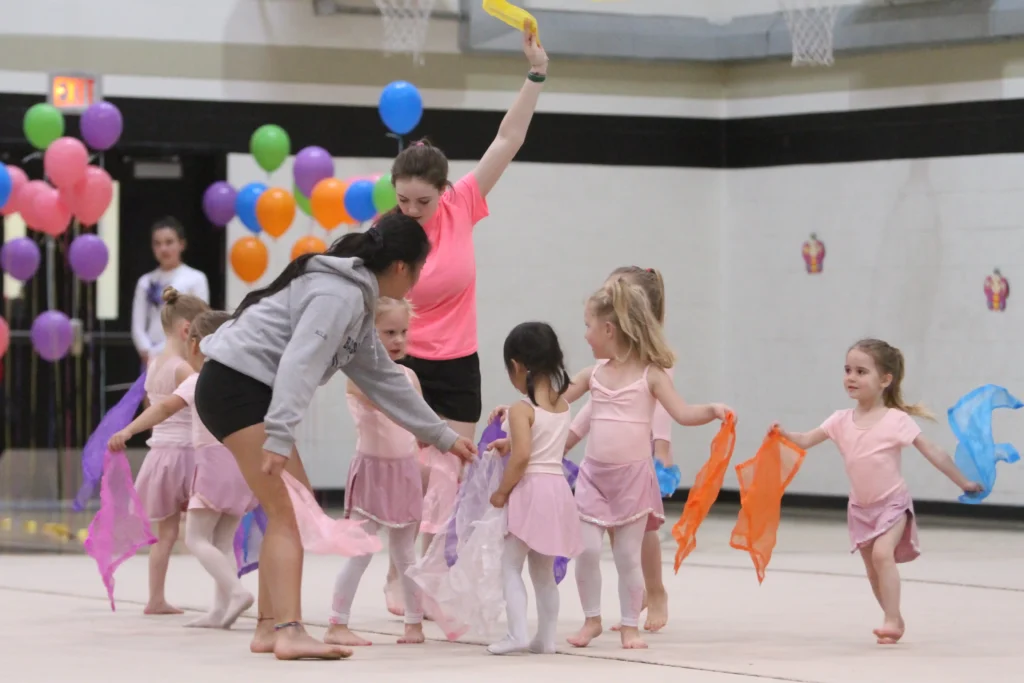
what is this all about
Our Rhythmic Gymnastics Guide
This rhythmic gymnastics guide sets out to provide insight into the wonderful world of rhythmic gymnastics. Rhythmic gymnastics is a captivating blend of dance, gymnastics, and storytelling, all woven together with the use of handheld apparatuses like ribbons, balls, hoops, ropes, and clubs. Unlike traditional gymnastics, it focuses on fluidity, creativity, and musical expression—making it as much an art as it is a sport. This beautiful fusion of movement and music allows athletes to express themselves in a way that is both personal and powerful.
One of the most enchanting aspects of rhythmic gymnastics is its ability to bring people together. Whether you’re a child or an adult, this sport offers a unique opportunity to build confidence, develop physical fitness, and foster friendships. The creative play involved in handling different apparatuses—each with its own unique challenges and charms—makes every practice session feel like a fun adventure.
oh what fun
Rhythmic Gymnastics Guide: Why Kids & Adults Love it!
Beyond the sparkly leotards and twirling ribbons, rhythmic gymnastics offers lifelong benefits that extend far beyond the mat. For many, it becomes a source of emotional strength and resilience. Mastering even small skills, like a perfect ribbon spiral, can significantly boost self-esteem. The combination of music, movement, and play is also a natural mood-lifter, providing a healthy outlet for stress relief.
Did you know that rhythmic gymnastics has been part of the Olympic Games since 1984? It’s a testament to the sport’s global appeal and the incredible athleticism required to excel at this level.
One of the most enchanting aspects of rhythmic gymnastics is its ability to bring people together. Whether you’re a child or an adult, this sport offers a unique opportunity to build confidence, develop physical fitness, and foster friendships.
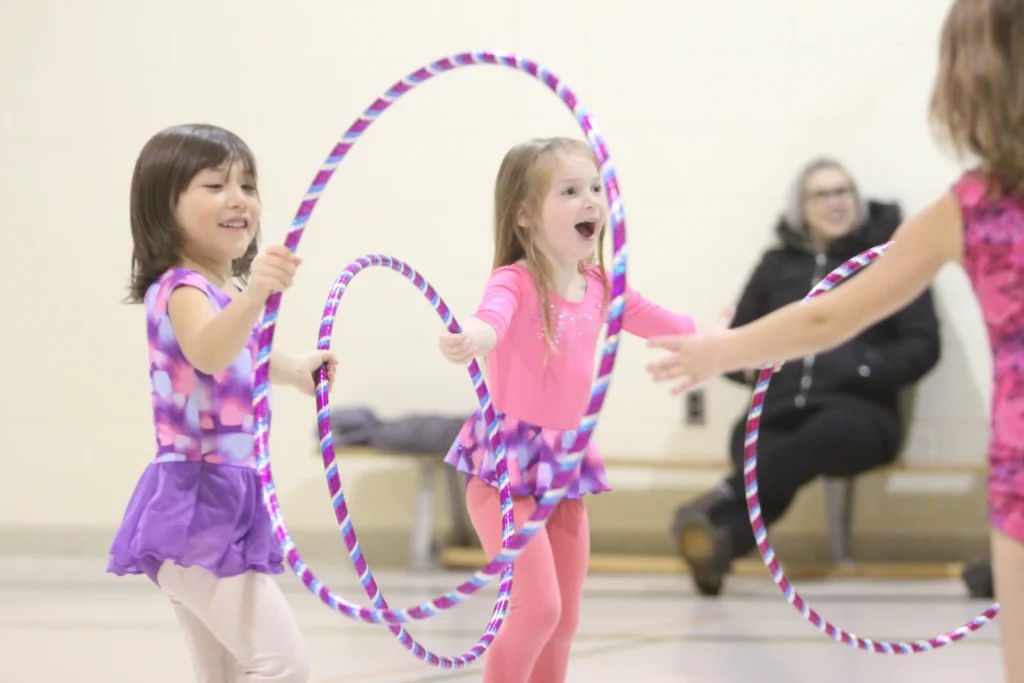

let’s play
Rhythmic Gymnastics Guide: Apparatuses the Tools of Creativity
Each apparatus in rhythmic gymnastics adds its own flair to routines. The ribbon is known for its flowing, dramatic waves that dance through the air, while the ball teaches control and precision with gentle rolls and tosses. The hoop challenges balance and spatial awareness with spins and rolls, and the rope and clubs require dynamic tricks that build coordination and timing. For beginners, starting with scarves or lightweight hoops is a great way to build confidence and develop fundamental skills.
am i a fit
Is Rhythmic Gymnastics Right for You?
This sport is perfect for creative kids who love to move and express themselves, as well as families seeking a low-pressure, joy-focused athletic activity. It’s also ideal for anyone wanting to build confidence, resilience, and body positivity. Whether you’re looking for a new hobby or a way to stay active, rhythmic gymnastics offers a unique blend of fun, creativity, and personal growth.
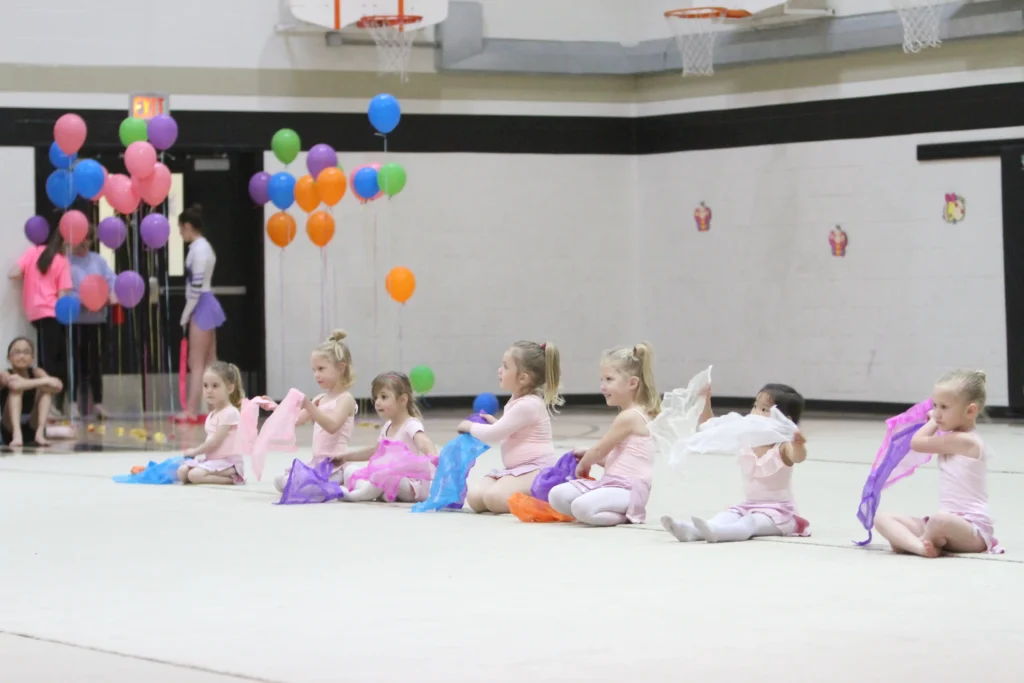
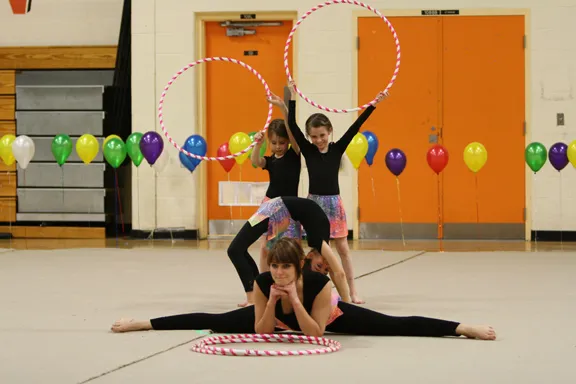
am i a fit
Ready to Give it a Try?
At Rhythmic Gemstones, we believe every athlete is “Precious, Unique, and Beautiful.” Our beginner-friendly classes focus on growth, laughter, and discovery—not just trophies.
WE HAVE Answers
Rhythmic Gymnastics Q&A
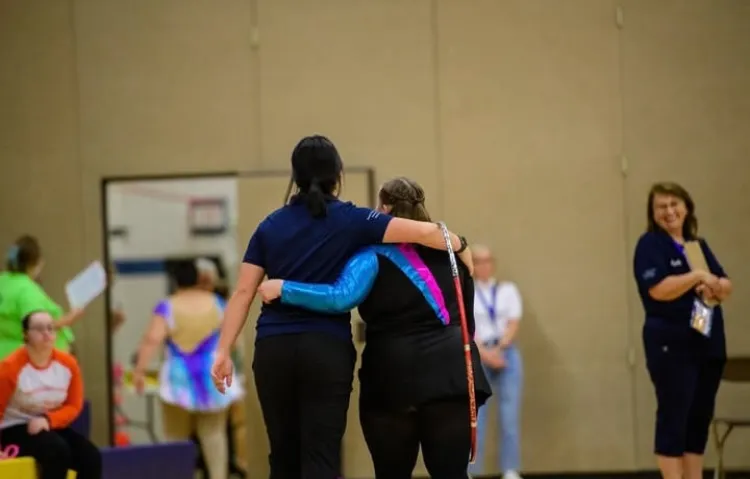
Flexibility Gains Are Dramatic in Rhythmic Gymnastics programs
Rhythmic gymnasts aged 8–17 years show significant improvements in flexibility, particularly in hip and shoulder flexion, after just six months of training. This flexibility training is crucial for enhancing range of motion and overall physical fitness.
The Importance of Physical Fitness Parameters in Rhythmic Gymnastics
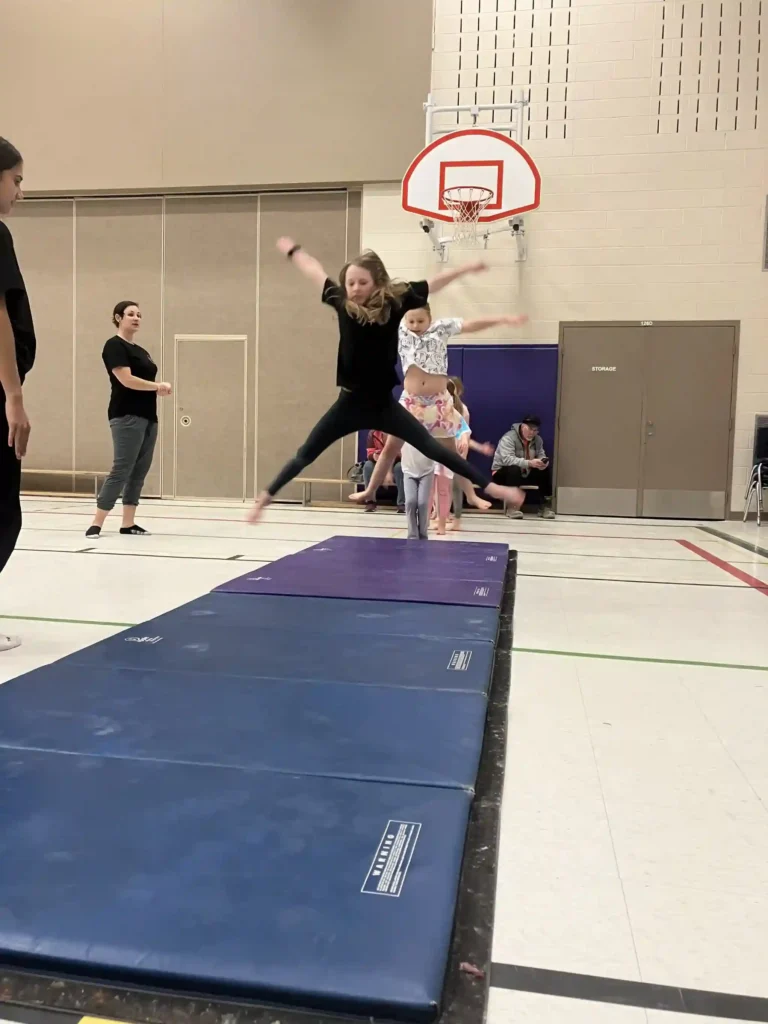
Injury Prevention Insights
While injuries are common in elite rhythmic gymnastics, studies suggest that increasing daily stretching time can reduce muscle-tendon unit injuries by about 10% per minute. However, conditioning hours should be limited to prevent fractures.
Injuries and Training Recommendations in Elite Rhythmic Gymnastics
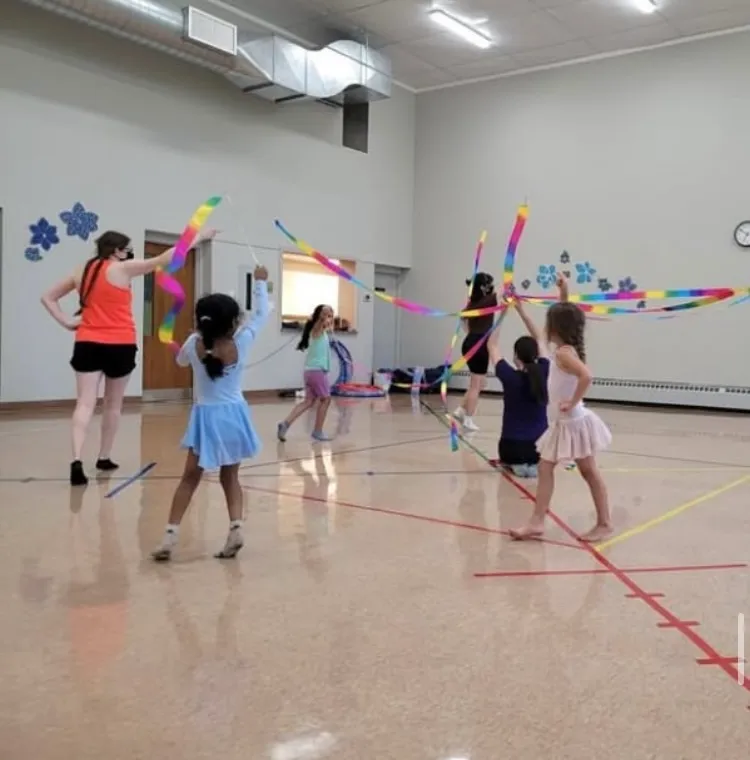
Injury Survey Findings
A study on sub-elite rhythmic gymnasts highlighted the importance of injury prevention strategies. Understanding common injury patterns can help coaches and trainers develop more effective safety protocols for their athletes.
Injury Survey in Competitive Sub-Elite Rhythmic Gymnasts
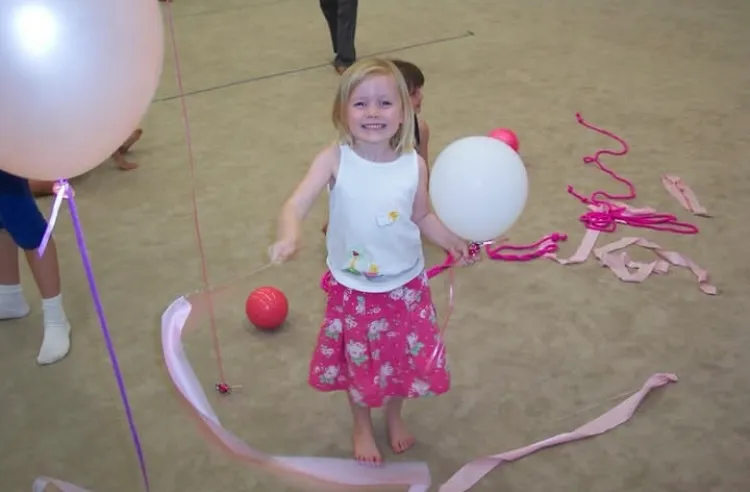
Engaging Young Gymnasts
For beginner rhythmic gymnasts aged 5-6, using game-like stretching exercises can significantly improve flexibility while keeping the training sessions engaging and fun. These methods have been shown to increase interest and participation in training.
Flexibility Focused Stretching Games for Beginner Rhythmic Gymnasts
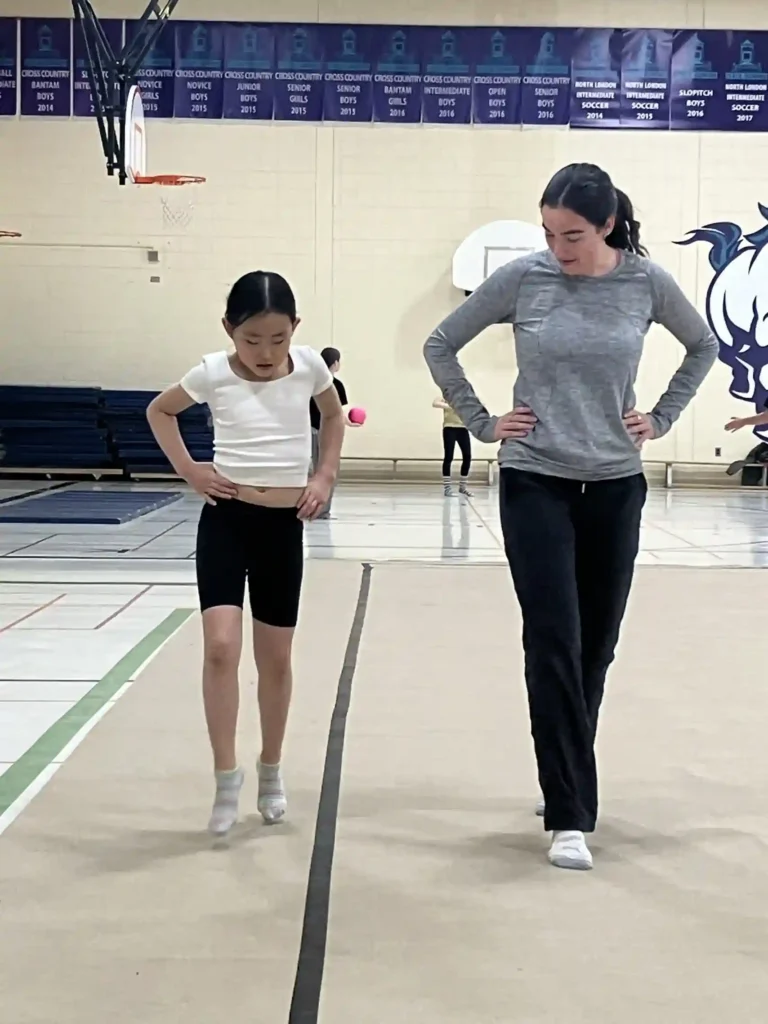
Power and Performance in Rhythmic Gymnastics programs
Rhythmic gymnastics-based training can enhance power and performance by focusing on specific exercises that improve strength and flexibility. This is crucial for competitive gymnasts looking to improve their skills and reduce injury risk.
The Effect of a Rhythmic Gymnastics-Based Power Training
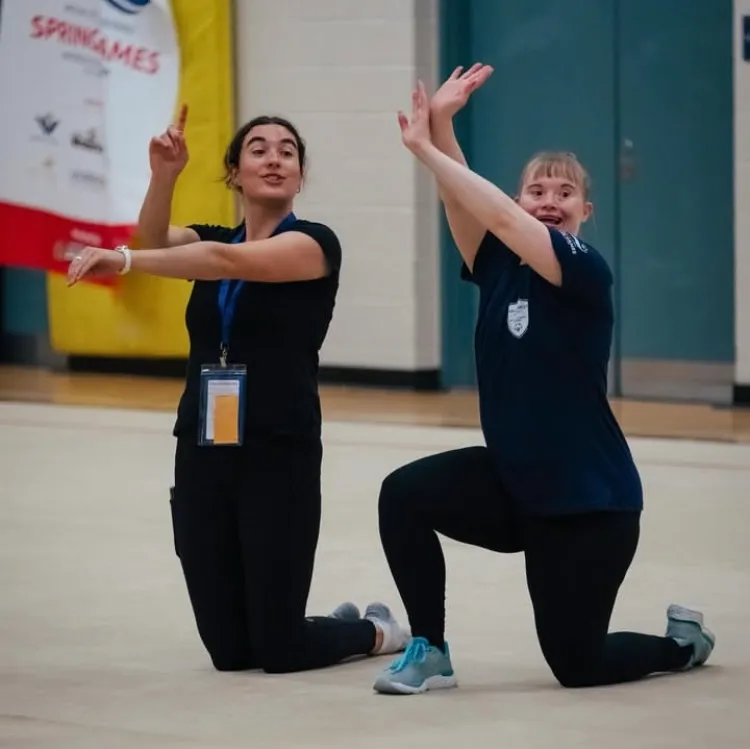
How do rhythmic gymnastics programs support mental health?
Rhythmic gymnastics offers a unique combination of physical activity and artistic expression that can significantly support mental health and emotional well-being. By engaging in rhythmic movements synchronized with music, athletes develop concentration, emotional regulation, and self-discipline.
Case Study on the Impact of Rhythmic Gymnastics on Adolescent Well-being
good news!
Our Open House is Coming Up
Drop in for a free open house session to meet the team and get your athlete acquainted with our programs and the sport of rhythmic gymnastics.
